

|


|
|
1/10 Scale Electric Rally Car:
Kyosho Super-Sport Ten EP, Repsol Ford Escort RS Cosworth - 30741
|
Released by Kyosho in 1998, the Repsol Ford Escort RS Cosworth - # 30741 B - was one of their "Super Sport 10 EP" (SS10), also sold as "SuperTen Sports" Radio Controlled Rally Car Series, and was classed as an entry level model, based on the proven Outrage / Tracker chassis design. The kit came partly assembled, with a clear lexan polycarbonate Bodyshell, a 540 Motor, Rotary Speed Controller and one piece plastic Wheels, with treaded semi pneumatic treaded Tires. A Radio System, 7.2V Battery and Charger to be purchased separately.
The 2WD model is based on a molded Kelron plastic chassis, with a gear type differential, coil spring over oil filled dampers, dogbone drive-shafts and bushings.
A number of model kits were produced on the same chassis over a period of around five years, in their "Super Sport 10 EP Series" (SS10), "SuperTen Sports Series", "Sports Car Series" and "Rally Car Series". Check out our Kyosho Archive for other models in these series.
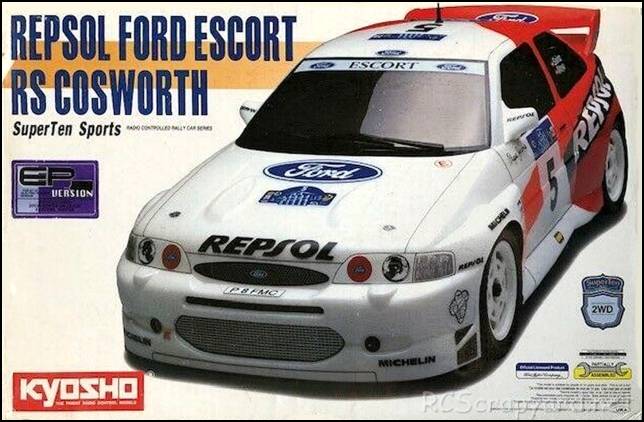
To race the Kyosho Super-Sport Ten EP, it requires a high level of tuning for improved stability when cornering, to keep it on the track and give you more grip under acceleration. Even the smallest change in your cars settings can make a Big difference. Our simple to follow instruction chart will show how to attain the best Set-up for your personal requirements.
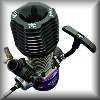
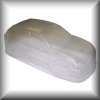
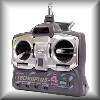

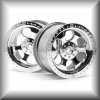
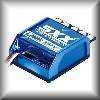
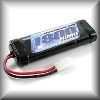
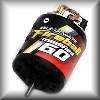
|
|
|

★ Kyosho Repsol Ford Escort RS Cosworth - 30741 ★
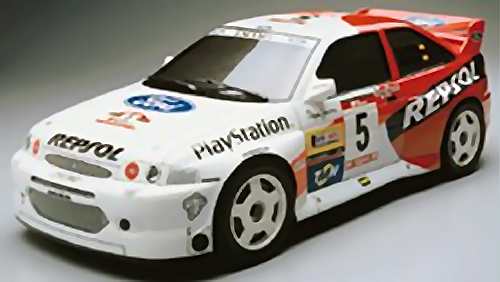
★ Kyosho Repsol Ford Escort RS Cosworth - 30741 ★
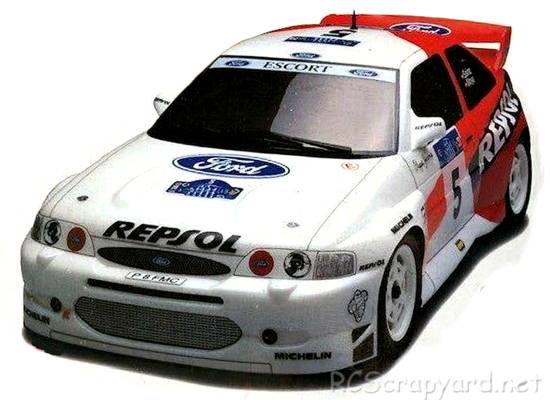
★ Kyosho Repsol Ford Escort RS Cosworth - 30741 ★
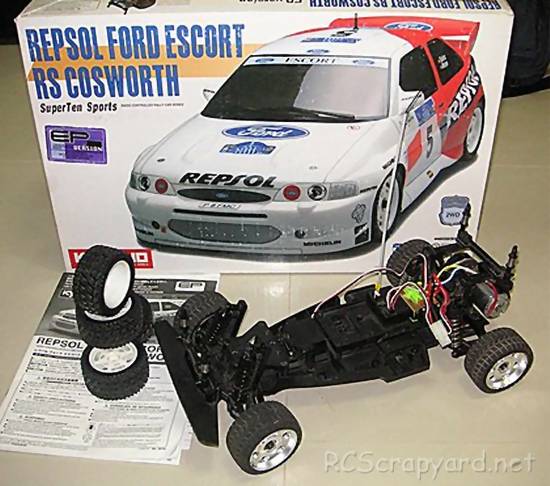
★ Kyosho Repsol Ford Escort RS Cosworth - 30741 - Chassis ★
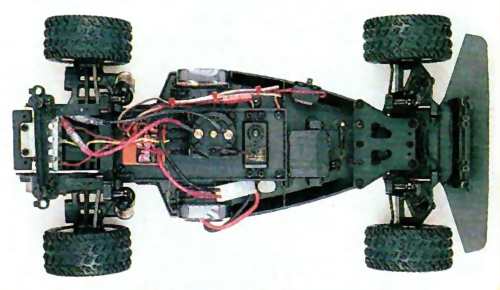
★ Kyosho Repsol Ford Escort RS Cosworth - 30741 - Chassis ★
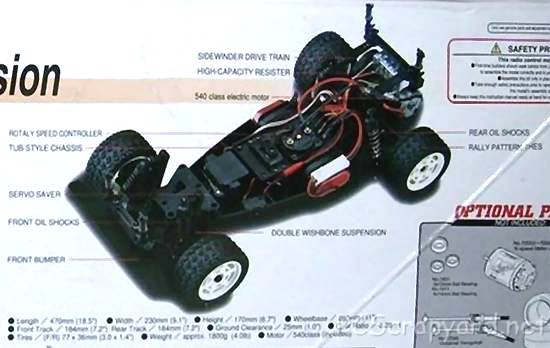
★ Kyosho Repsol Ford Escort RS Cosworth - 30741 - Chassis ★
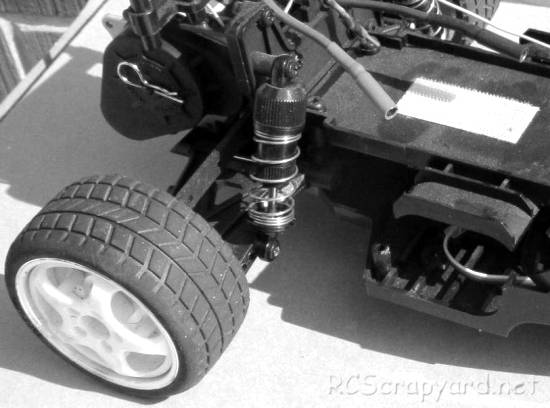
★ Kyosho Repsol Ford Escort RS Cosworth - 30741 - Chassis ★
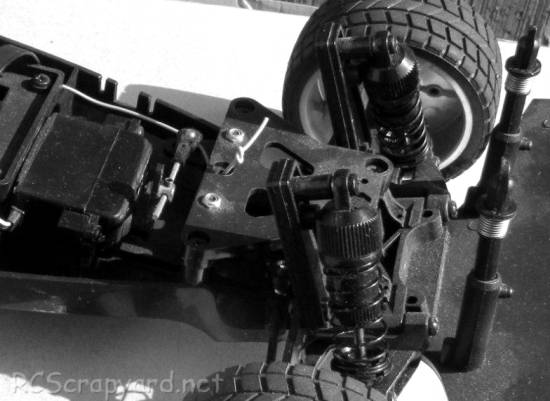
★ Kyosho Repsol Ford Escort RS Cosworth - 30741 - Chassis ★
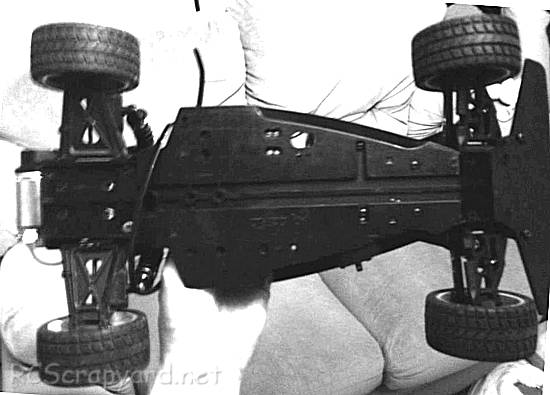
★ Kyosho Repsol Ford Escort RS Cosworth - 30741 - Chassis ★
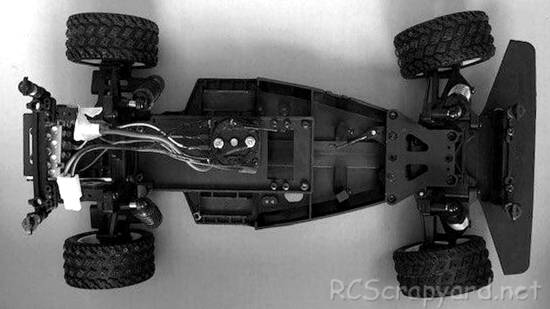
★ Kyosho Repsol Ford Escort RS Cosworth - 30741 - Chassis ★
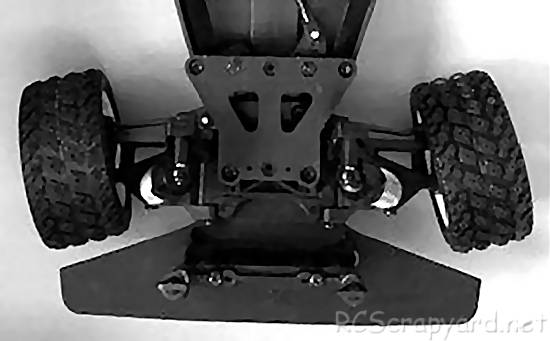
★ Kyosho Repsol Ford Escort RS Cosworth - 30741 - Chassis ★
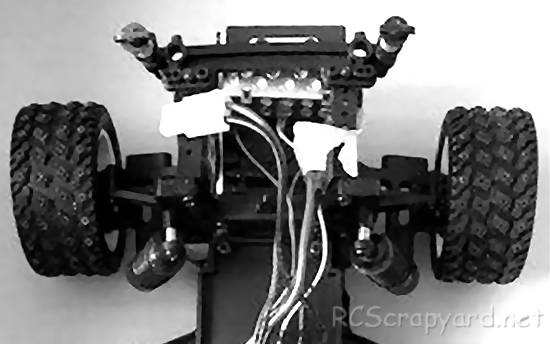
★ Kyosho Repsol Ford Escort RS Cosworth - 30741 - Chassis ★
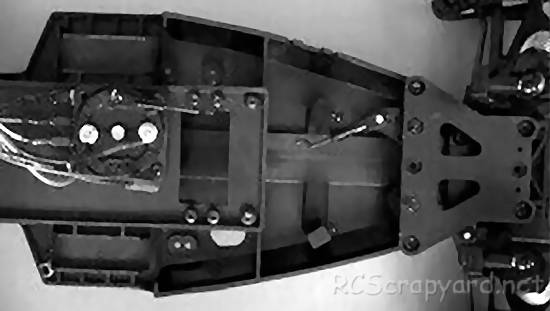
★ Kyosho Repsol Ford Escort RS Cosworth - 30741 - Chassis ★
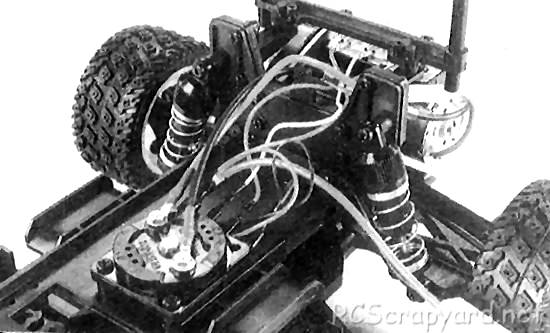
★ Kyosho Repsol Ford Escort RS Cosworth - 30741 - Chassis ★
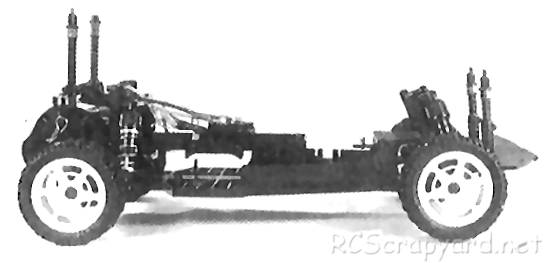
★ Kyosho Repsol Ford Escort RS Cosworth - 30741 - Chassis ★
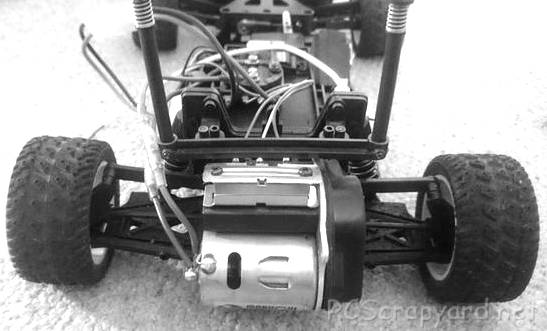
★ Kyosho Repsol Ford Escort RS Cosworth - 30741 - Chassis ★
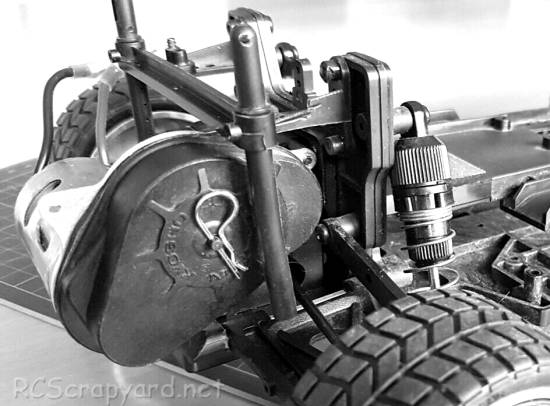
★ Kyosho Repsol Ford Escort RS Cosworth - 30741 - Chassis ★
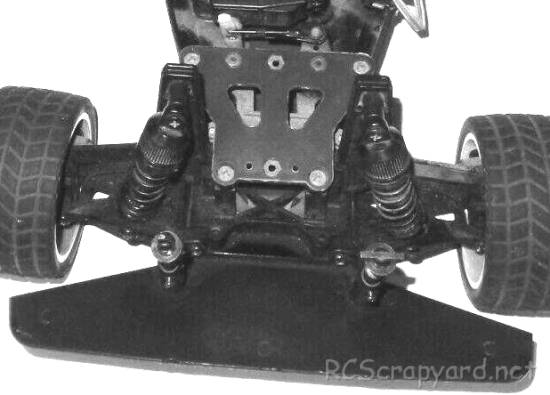
★ Kyosho Repsol Ford Escort RS Cosworth - 30741 - Chassis ★
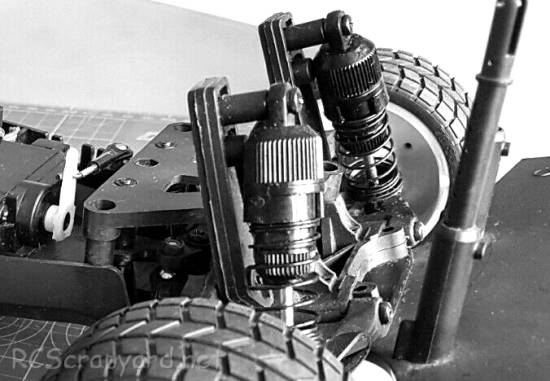
★ Kyosho Subaru Impreza WRC - 30742 ★
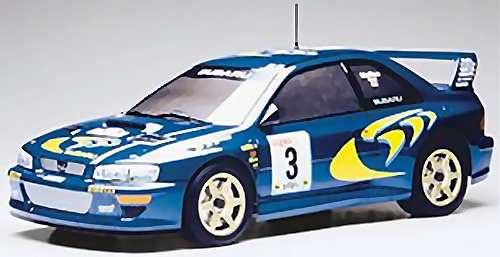
|
Buying a Used Kyosho Super-Sport Ten EP
|
|
Manufacturers and Brands Catalogued, Listed and Reviewed by RC-Scrapyard.
At present, the RC Model Manufacturers, Brands and Distributors covered by us are: ABC Hobby, Academy, Acme Racing, Agama Racing, Amewi, Ansmann Racing, ARRMA, Team Associated, Atomic RC, Axial, AYK, Bolink, BSD Racing, Capricorn, Carisma, Carson, Caster Racing, Cen, Corally, Custom Works, Durango, Duratrax, ECX - Electrix, Exceed RC, FG Modellsport, FS-Racing, FTX, Fujimi, Gmade, GS-Racing, Harm, HBX, Helion, Heng Long, Himoto Racing, Hirobo, Hitari, Hobao, Hong-Nor, Hot Bodies, HPI, HSP, Intech, Integy, Jamara, JQ Products, Kawada, Kyosho, Losi, LRP, Maisto, Mardave, Marui, Maverick, MCD Racing, Megatech, Mugen, New Bright, Nichimo, Nikko, Nkok, Ofna, Pro-Pulse, Protech, PTI, RC4WD, Redcat Racing, RJ-Speed, Robitronic, Schumacher, Seben, Serpent, Smartech, Sportwerks, Step-Up, Tamiya, Team-C Racing, Team Magic, Thunder Tiger, Tomy, Top Racing, Traxxas, Trinity, Tyco, Vaterra RC, Venom, VRX Racing, WLToys, X-Factory, Xmods, Xpress, Xray, XTM, Yankee RC, Yokomo, ZD Racing and Zipzaps. |
|
Hints, Tips and Information
On Road Indoor Carpet Tires
Some indoor carpet tracks do not allow you to use anything but foam tires. The reason being the wear on the carpet some soft rubber tires, such as Proline Hawgs, and Schumacher pin-spikes can create. But on some tracks, where a combination of carpet and wooden board is used, rubber tires may be allowed. Sponge / Foam Tires
Basically there are three foam compounds available: Soft, Medium and Hard. |
|
Hints, Tips and Information
Slipper Clutch and Hydra-Drive
More often installed on Off-Road RC Models, the Slipper Clutch has been around since the late 1990s. Basically the idea is to prevent wheel spin and increase traction under acceleration, to improve the cars stability from a standing start, when landing from jumps or on corner exits. It also protects the spur gear and drivetrain, to some degree, when using a high torque motor. |
|
RC Models:
|
Radio & Motors: |
Other
Accessories: |